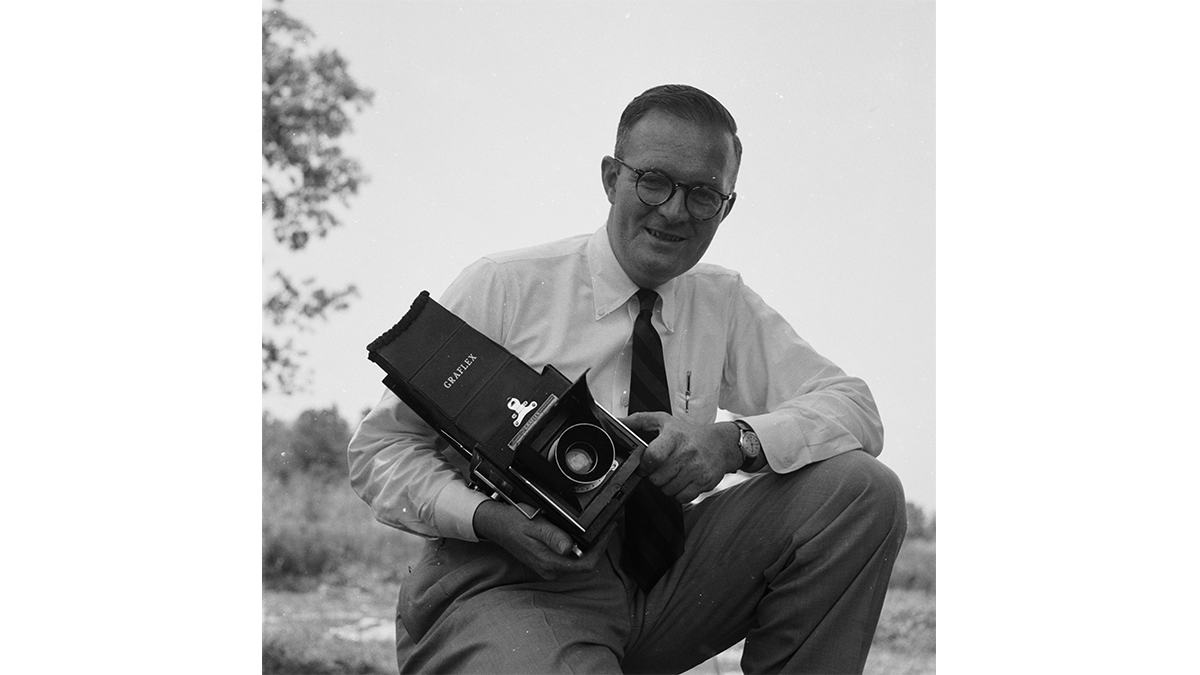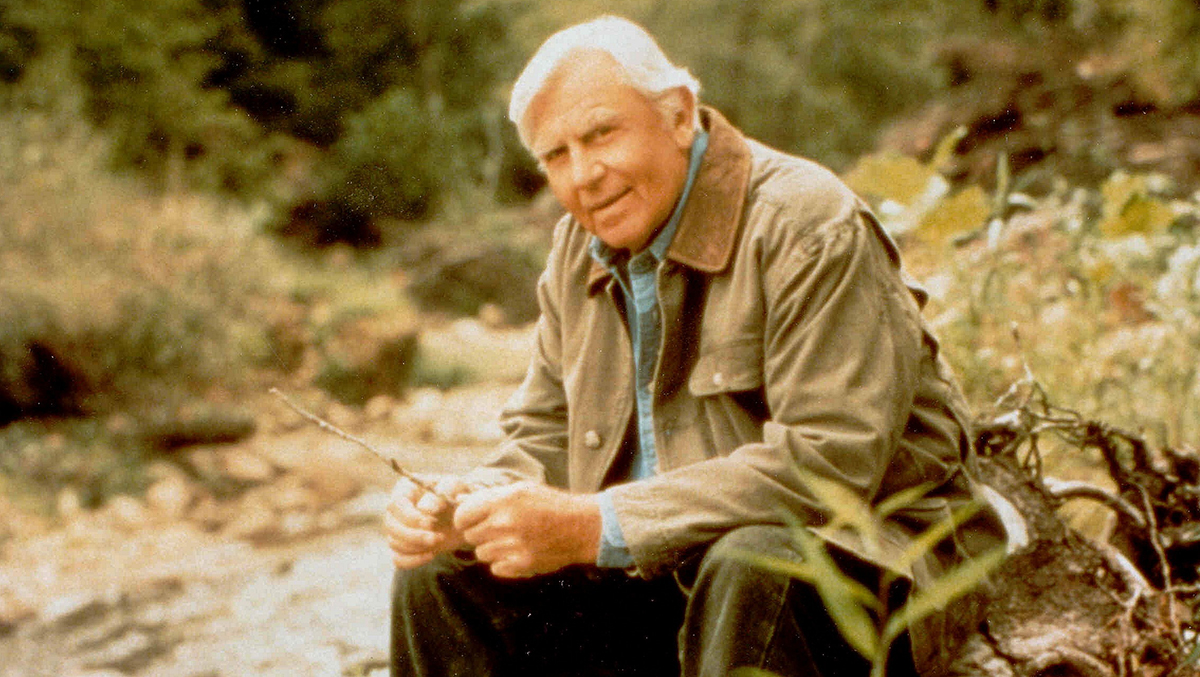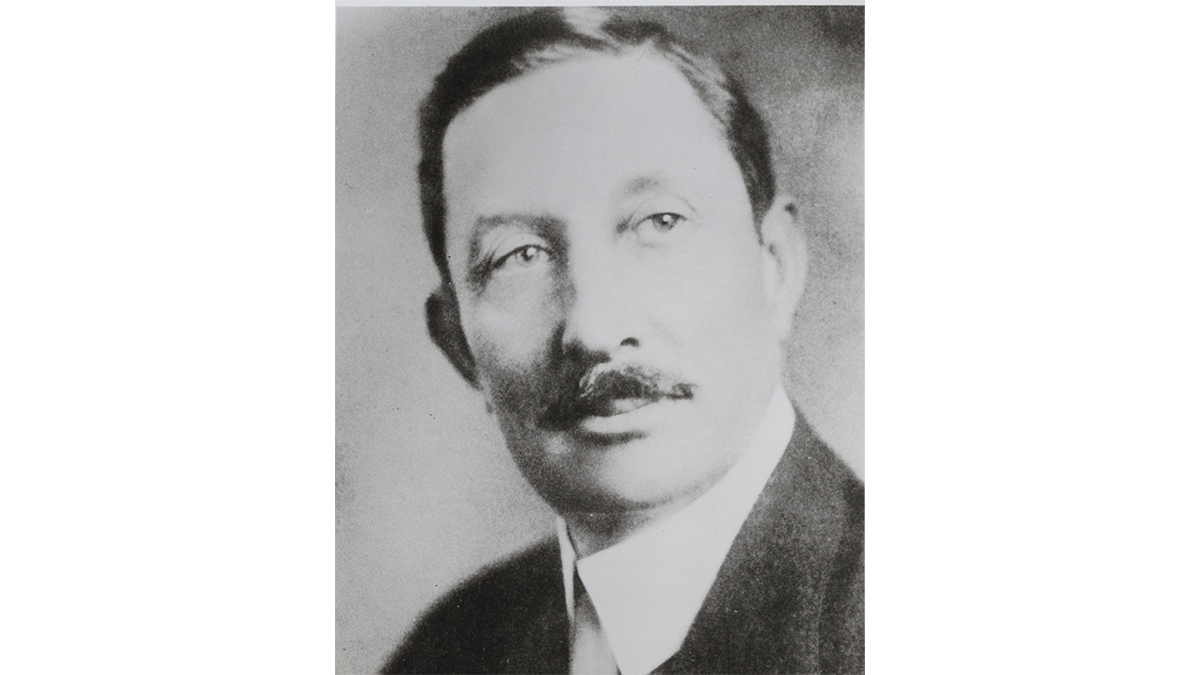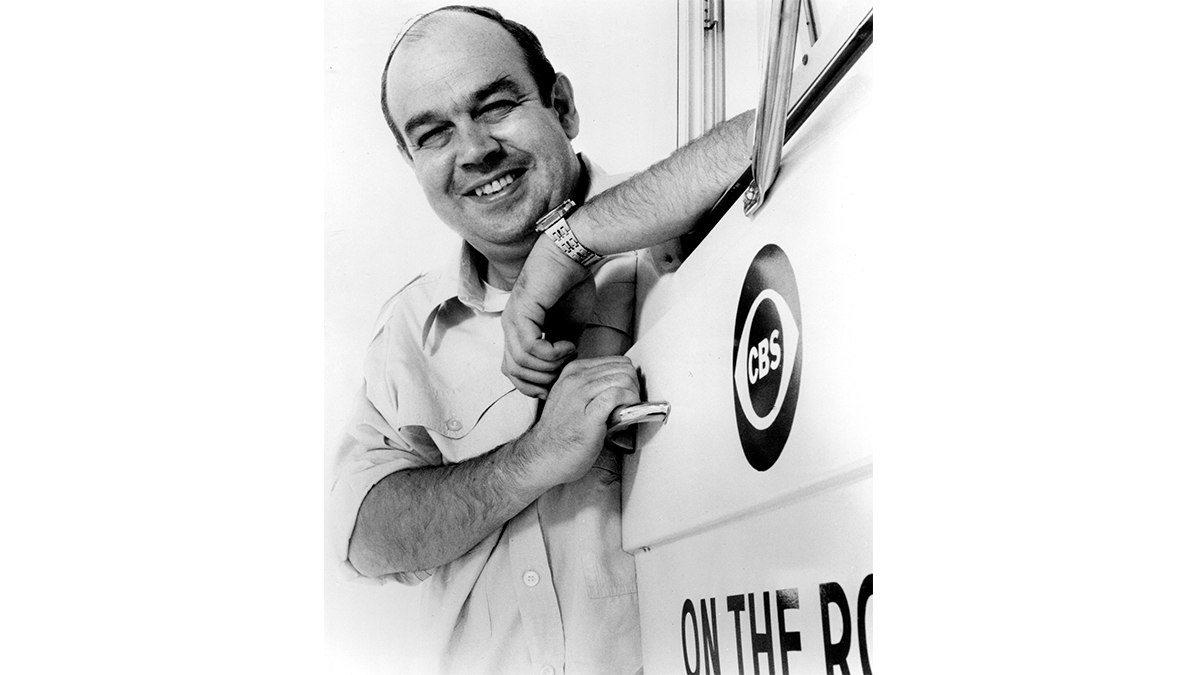225 years of Tar Heels: Hugh Morton
Wilmington native Hugh Morton left gifts to the University, the state and the world through fascinating photography, nature conservation and tourism development.

 Editor’s note: In honor of the University’s 225th anniversary, we will be sharing profiles throughout the academic year of some of the many Tar Heels who have left their heelprint on the campus, their communities, the state, the nation and the world.
Editor’s note: In honor of the University’s 225th anniversary, we will be sharing profiles throughout the academic year of some of the many Tar Heels who have left their heelprint on the campus, their communities, the state, the nation and the world.
Many famous photos of North Carolina scenes — from the mountains to the beaches — were taken by a Tar Heel, Hugh Morton.
The Wilmington native enrolled at Carolina in 1940, but he began nurturing his prolific photography skills before then. A photograph he took when he was 14 years old was used in a state tourism ad in Time magazine, which launched a career for the state’s “unofficial photographer.”
Morton was a photographer for the Daily Tar Heel and Yackety Yack while he was a student at Carolina before he left campus to serve as a newsreel photographer in World War II.
When he returned from the war, Morton began taking photographs of Carolina’s sports teams, and he didn’t stop for more than six decades. His legacy of sports photography continues in his grandson Jack Morton, a local freelance photographer in his 13th year of photographing Tar Heel athletics.
In addition to his photography, Morton is also noted for his work as a nature conservationist and tourism developer. Morton inherited more than 4,000 acres on Grandfather Mountain in 1952, and he immediately extended a vehicle road to the top of the mountain, giving tourists a one-of-a-kind view. Morton also constructed the original Mile High Swinging Bridge. The mountain officially became a North Carolina state park in April 2009.
During his ownership and operation of Grandfather Mountain, Morton orchestrated the construction of the Blue Ridge Parkway around the mountain instead of over it. This desire necessitated an engineering marvel, the Linn Cove Viaduct. The final stretch of the parkway was completed in 1987.
One of Morton’s photos of the viaduct was featured in the Rand McNally Millennium World Atlas. And tourists have been recreating it ever since.
Morton died in 2006 at his home in Linville, at the base of Grandfather Mountain. In early 2007, Morton’s wife, Julia, donated his extensive photographic archive — photos and film reels dating back to the 1920s — to the North Carolina Collection hosted in Wilson Library. Those photos are the focus of the blog “A View to Hugh.”




